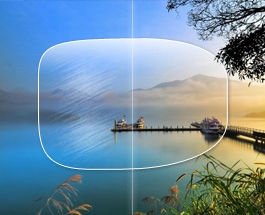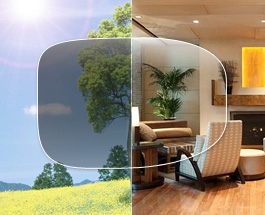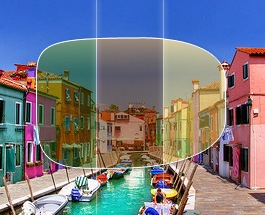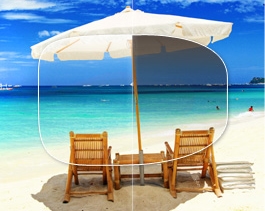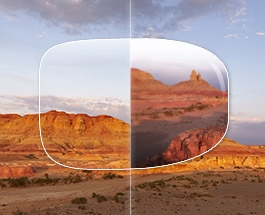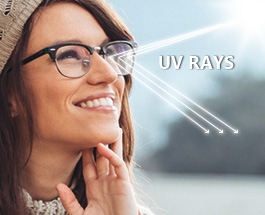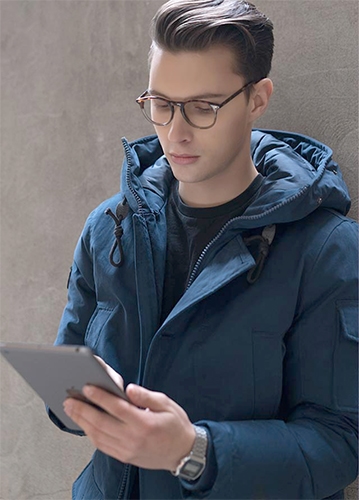Now that your eye
exam is complete, here comes the fun part - buying new glasses. Before you plunge
into the hundreds of brands and thousands of frames on Voogueme.com, ask yourself the following questions to help you make
the best choice.
1. What type of lens do I need?
If you only need a
single vision lens, you can choose from any size frame. If, however, you need bifocals or
trifocals, you might want a deeper frame for you a larger viewing area at all
distances.
2. What is my style?
Do you like to
sport a classic look, or are you into vintage fashion? Using the filters on the
site, you can narrow your choices based on personal style and preferred frame
shape - think classic, retro, sporty or designer.
3. What will I primarily be doing in these glasses?
If you’re going to
be active in your glasses, you’ll need durable lenses and frames. Frames with
flexible metal are a good idea so that they do not break. You’ll be able to
choose the appropriate lenses (like
durable polycarbonate lenses) during checkout.
4. Do I have sensitive skin or allergies?
If you are
sensitive or allergic to certain materials, you may consider choosing a hypoallergenic option
like all plastic, nickel-free metal, stainless steel and/or titanium. Simply
select the “hypoallergenic” option in the filtering process.
5. Will I be looking at a computer screen in these
glasses?
Anti-reflective
coating is always a good addition to your lenses. AR coating
helps reduce glare from the back of the lenses, which also prevents squinting
and eye strain.
6. What color do I want?
If you’re retiring
your old frames or buying your first pair, you might consider choosing a tone
that will match everything in your wardrobe, like black, brown or crystal. If
you already own a pair of glasses and want to venture out, take a look at your
clothing and accessories and choose a color you wear frequently. Or just pick
your favorite color!
7. What are my brand preferences?
If you have favorite brands,
you can filter your frame choices based on them. Voogueme.com carries high-end and designer brands, so we are sure to
carry one you love.
8. What size frame do I need?
Look at an
existing pair of frames you own to see the size. You’ll see numbers that
closely correspond to those on each product page on Voogueme.com. Choose the size close to yours. If you need help, refer
to this handy guide on finding your frame
size.
9. How many hours will I be wearing these each day?
Many people who
need glasses all day every day choose ultra-lightweight rimless or semi-rimless
frames. Flexibility and spring hinges are also sought out among those who keep
their glasses on all day, as these features preserve the integrity of the
frames.
10. Do I want one or two pairs of glasses?
There are a couple
of reasons people need two pairs of prescription glasses: when they want both
prescription glasses and sunglasses, and when they want separate pairs for
distance and near vision. Some people prefer to switch between glasses. People
who only want one pair of glasses often choose transitional
lenses that darken in the sun or progressive lenses that
include readers near the bottom of the lens.



